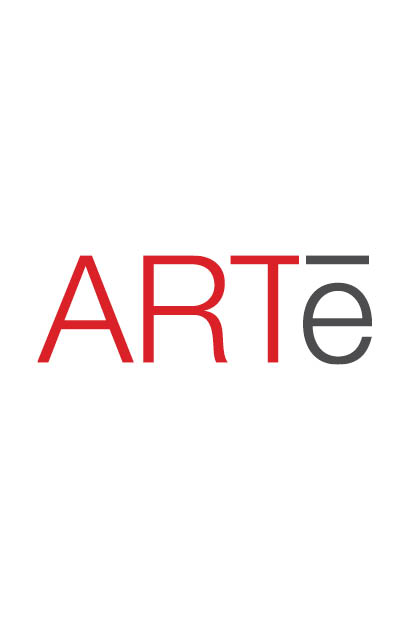George Clough • American (1824-1901)
Ferry Crossing C: 1901 • Oil on Canvas 36" x 58"
The odd assortment of friends were celebrating Rockefeller’s purchase of Clough’s latest painting for the princely sum of $6,000. George Lafayette Clough’s ship had finally come in.
George Clough lost his father early in life and had to start working by the age of 10, but had two strokes of good fortune. First, he had rare artistic talent and, second, he grew up in the Finger Lakes paradise of Auburn, New York. Eventually he fell under the influence of noted American portrait artist, Charles Loring Elliott who came to town to paint Auburn’s leading citizen, William Henry Seward, Governor of New York and future U.S. Secretary of State. Having Elliott and Seward camped in his modest studio had to be heady stuff for 20 year old painter looking to make his mark in the world.
Three years later Elliott returned the favor and brought Clough into his own New York City studio where he received the only real art instruction of his life. After a Grand Tour through Europe, where he refined his skill by copying works of the great masters, Clough found artistic success painting pastoral landscapes in a style very similar to Hudson River School painters. His work was shown in the National Academy of Design, but financial success was elusive as he moved from Auburn to Cleveland. He couldn’t make it anywhere, so moved back to New York and made it there.
(story continues below break)
INTERESTING STORIES FROM OUR SPONSORS

For 30 years he enjoyed the patronage of such leading art collectors as Rockefeller and Duryea. His paintings hung in many of the finest homes of the day. He became President of the Art Club of Brooklyn and exhibited regularly at the National Academy of Design and Pennsylvania Academy. Eventually he became recognized as one of the foremost landscape painters in America. Not bad for an artist from the hinterlands with little formal training.
A few years after Rockefeller purchased that painting for the princely sum of $6,000 he turned around and sold it to the City of New York for the even more royal sum of $16,000. That’s why they named Rockefeller Center after John D. Rockefeller while his friend, George Lafayette Clough’s most lasting tributes hang on the walls of the Metropolitan Museum of Art and the Canton Museum of Art. Visit soon.
Canton Museum of Art Permanent Collection • Gift of Canton Fine Arts Associates, 80.14
4 Ways to Sound Smart When Viewing at The Canton Museum of Art
1.
“Although he grew up in upstate New York and painted in the style of the Hudson River School painters, he wasn’t considered part of that crowd. Not in with the in crowd, I guess.”
2.
“He lived and worked in Cleveland for about 6 years, living in a farm house at the corner of 9th Street and Prospect. I’m guessing that farm is gone now.”
3.
“He once received an award at the Ohio State Fair for “Best Fancy Painting. I’d love to see that plaque.”
4.
“He had little artistic training, but honed his skills traveling through Europe copying paintings of the Great Masters. It was a common practice in the 1800’s.”
Clough Timeline. Scroll over images to see timeline.


















